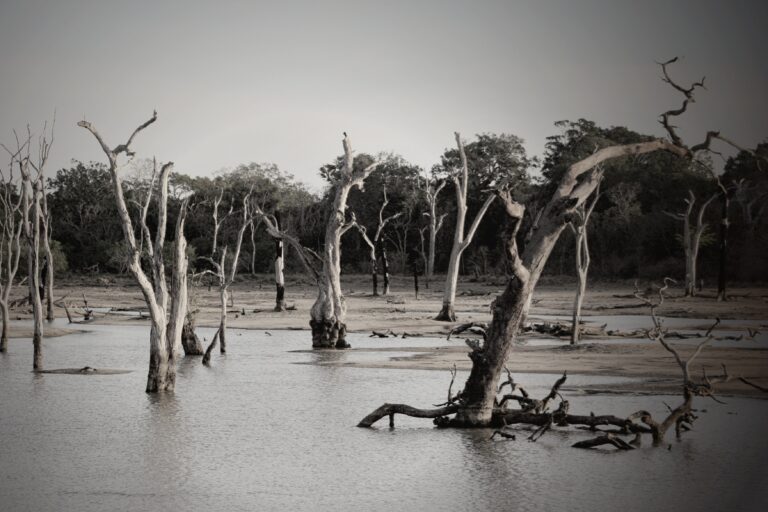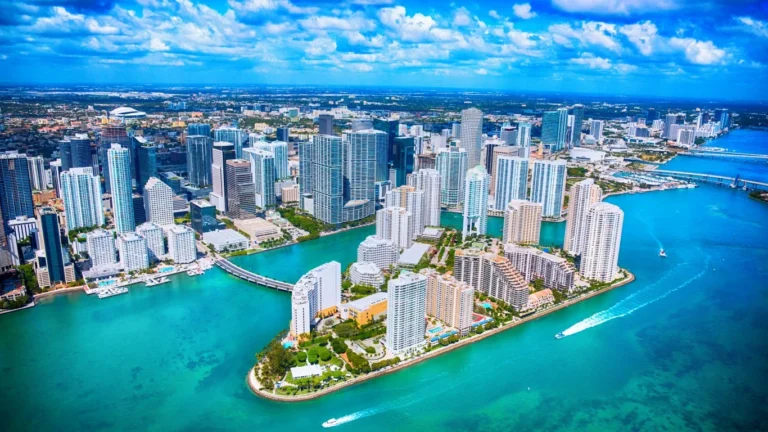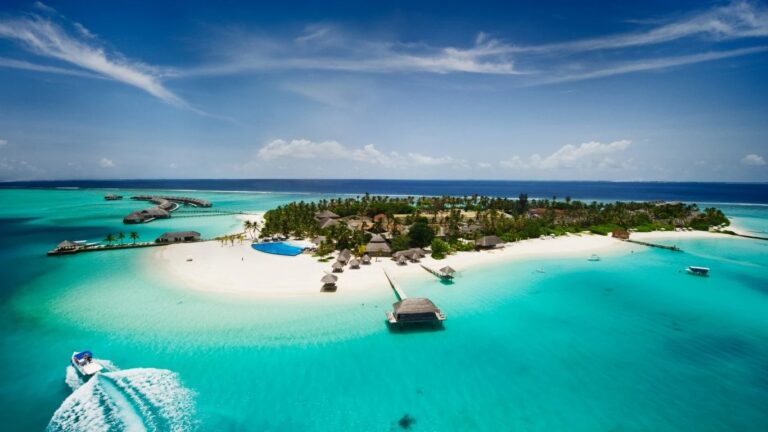The Infinite Cost To Relocate 1.2 Billion People

“Infinite”–” inconceivably great or extensive” Merriam Webster Dictionary
In a new analysis, Amar Rahman, the Global Head of Climate Change Resilience Services, Zurich Resilience Solutions, at Zurich Insurance Company Ltd, claims as many as 1.2 billion people will become “climate refugees” by 2050. His forecast centers around drought and flood, and particularly the threat of massive hunger from these. There is, of course, additionally, the immediate and catastrophic threat to life due to these weather conditions. Rahman’s numbers were based on data from the Institute for Economics & Peace (IEP).
What Rahman does not say and other experts do not mention either is that relocating even a few hundred million people is impossible, both financially and logistically. That means there is no migration solution at this level. And there will not be in the future.
Rahman’s analysis is titled “There could be 1.2 billion climate refugees by 2050.” He forecasts, “These refugees are forced to leave their traditional habitat, temporarily or permanently, because of marked environmental disruption.” They live in areas widely spread worldwide, from Honduras, Guatemala, and El Salvador to Syria to Bangladesh. Rahman also points out that the majority of the potential refugees live in poverty, which likely will make relocation more difficult.
Finally, Rahman says that if governments around the world cannot reach the goal of the Paris Agreement, the refugee crisis will accelerate to the billion-plus person level at a pace that is hard to fathom.
Rahman is not alone in his forecast, though the number of ‘refugees” varies from expert to expert. In the LA Times, Daniel Vecelli, a postdoctoral research scholar at George Mason University’s Virginia Climate Center, wrote an article titled “Here are the places that could become too hot for humans due to climate change.” This article mainly focuses on heat. “Research has shown that heat waves have become longer, hotter, and more frequent over the last half a century because of human-induced climate change.”
Vecelli mentions that places, especially at risk include London and the Asian subcontinent. However, his crisis map runs from the Indus River Valley in India and Pakistan, eastern Asia, the Middle East, and sub-Saharan Africa. His further focus is on Adeni in Yemen, Dammam and Jeddah in Saudi Arabia, Bandar, Abbas and Ahvaz, in Iran. Lahore in Pakistan, Dubai, Delhi, and Kolkata in India. In every case he mentions, temperatures are rising more rapidly than expected just a few years ago. His term is “too hot for humans.” Scientists have put that figure at 110 degrees F, while others have put it slightly higher.
If these analyses prove to be accurate as the global climate crisis worsens and there is nothing that governments and industries can do to mitigate the problem, for hundreds of millions of people, there will be no way out.
More from ClimateCrisis 247
- Dust Storm Triggers Las Vegas Blackout
- Phoenix Posts 13 Days Over 110 Degrees
- Florida Homeowners Face Drastic Home Price Cuts
- Tampa Real Estate Continues To Fall As Miami Softens






